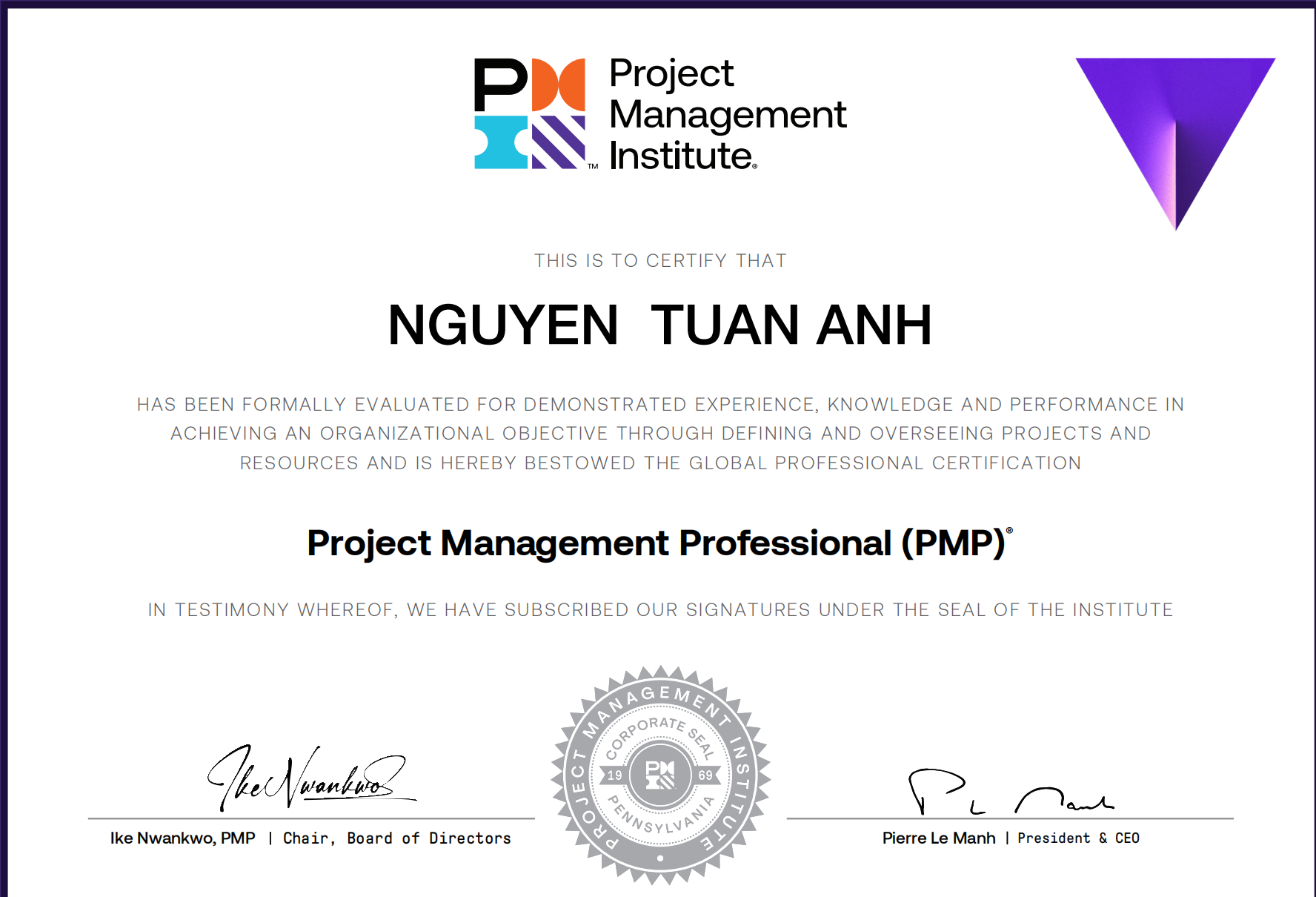
Kinh nghiệm thi chứng chỉ PMP từ A-Z năm 2025
Chào mọi người, mình mới thi pass chứng chỉ PMP và có 1 vài tip và note mình cóp nhặt và tổng hợp cho mọi người khi đi thi
Tổng quan
Về cấu trúc kỳ thi, thời gian thi thì chắc mọi người đều nắm được rồi, cơ bản sẽ có 180 câu hỏi thi trong vòng 230 phút được chia làm 3 phần, mỗi phần 60 câu.
Về địa điểm thi, mọi người có thể thi online tại nhà hoặc thi tại các trung tâm:
Về tool và trong quá trình khi
- Phần mềm làm bài có tool để highlight, đánh dấu kiểm tra lại sau. Đọc kỹ câu hỏi, highlight từ khoá của câu hỏi và đáp án
- Cứ làm xong 60 câu sẽ được review một lần, bấm “Done review” là sẽ không sửa được nữa, sau đó thì mình được nghỉ 10 phút giải lao
- Phòng thi được ngăn vách mỗi người 1 ô, camera nhiều phía, khi thi có thể đeo tai nghe cách âm có sẵn. Khi cần hỗ trợ có thể giơ tay qua đầu, giám thị sẽ hiểu và vào hỗ trợ
Về tip với đề thi thực tế
- PMP không phụ thuộc vào ngành nghề kinh doanh, nên những câu hỏi mở đầu dài dòng kiểu công ty làm ngành dược phẩm, kinh doanh thiết bị, xây dựng… không quan trọng, có thể đọc lướt, bỏ qua, tập trung vào keyword và đáp án
- Những câu thường là đáp án sai:
- Có chữ “escalate”, “tuyển thêm resource”: Ngay lập tức làm những hành động tăng cost lớn, báo cáo ngay với cấp cao -> Thường là SAI
- Khi PM hành động ngay mà không suy nghĩ hay review document, không họp hành thảo luận gì hết
- Những câu có thể đúng:
- Bắt đầu bằng chữ “Review document gì đó” (Vì PM phải luôn review lại thông tin hoặc document trước khi làm bất cứ hành động nào)
- Thảo luận với project team trước khi hành động
- Tip 50/50: 2 câu đều có vẻ đúng thì chọn câu xảy ra trước, hoặc câu nào xử lý tình huống gọn hơn, ít người bị ảnh hưởng hơn
- Tip highlight:
- Highlight giai đoạn của dự án: initial, implementation, planning => Chọn giải pháp phù hợp với giai đoạn
- Highlight cái role đang phải xử lý tình huống (PM, PO, project team.. mặc dù 80% là PM) => Chọn giải pháp phù hợp role
- RISK = Chưa xảy ra => Cái gì xảy ra rồi thì là issue chứ không phải risk
- Solutions đọc có vẻ không sai, nhưng nửa vời = Không chọn, chỉ chọn solution nào giải quyết vấn đề gọn nhất
- Tối đa 1p20s/câu => 60 câu đầu, cố gắng 70 phút
Về tài liệu ôn thi và cách ôn tập
- Mình học chủ yếu ở trung tâm PMA, làm mock test trên hệ thống, ngoài ra bạn có thể học thêm trên https://studyhall.pmi.org/
- Practice test: Cố gắng ngồi làm đề đủ 4 tiếng để practice việc phải ngồi lâu, trao đổi các câu hỏi sai với nhóm học của mình
Danh sách document nên nhớ
Project Initiation:
- Project Charter
- Business Case
- Stakeholder Register
Project Planning:
- Project Management Plan
- Scope Statement
- Work Breakdown Structure (WBS)
- Schedule
- Budget
- Communication Plan
- Risk Management Plan
- Quality Management Plan
- Procurement Management Plan (If applicable)
- Requirements Documentation
- Change Management Plan
- Risk Register
Project Execution:
- Project Status Reports
- Change Requests
- Issue Log
Project Monitoring and Controlling:
- Performance Reports
- Quality Control Reports
- Risk Register Updates
- Change Log
Project Closure:
- Final Project Report
- Acceptance Documentation
- Lessons Learned Documentation
Additional Documents:
- Contracts
Công thức cần nhớ
Thường trong bài thi sẽ có 1,2 câu hỏi công thức cho điểm nên bạn chỉ cần nhớ công thức là có điểm các câu này
Earned Value Management (EVM):
- PV: Planned Value
- EV: Earned Value
- ↑ Better
- AC: Actual Cost
- ↓ Better
- CV: Cost Variance (EV – AC)
- 0 Good, < 0 Bad
- SV: Schedule Variance (EV – PV)
- 0 Good, < 0 Bad
- CPI: Cost Performance Index (EV / AC)
- 1 Good, < 1 Bad
- SPI: Schedule Performance Index (EV / PV)
- 1 Good, < 1 Bad
- EAC: Estimate at Completion
- ↓ Better (Generally)
- ETC: Estimate to Complete (EAC – AC)
- ↓ Better
- VAC: Variance at Completion (BAC – EAC)
- 0 Good, < 0 Bad
Schedule Calculations:
- Three-Point Estimating: (O + 4M + P) / 6
- PERT: Same as three-point, with standard deviation:
- (P – O) / 6
- ↓ Better
- (P – O) / 6
Critical Path Method (CPM):
- Float: LS – ES (or) LF – EF
- 0 Good
- Total Float
- ↑ Better
- Free Float
- ↑ Better
Về timeline dự án
Project Initiation:
- Project Team Assignment: The project team is formally assigned and roles/responsibilities are clarified.
- Project Management Plan Creation: This comprehensive document outlines the project scope, objectives, timeline, budget, resources, communication plan, risk management plan, and other essential details.
Project Planning:
- Kickoff Meeting: The project manager holds a meeting with the team and stakeholders to formally launch the project, clarify goals, discuss the plan, and address any initial questions.
- Detailed Project Schedule Development: A detailed timeline with specific tasks, durations, and dependencies is created.
- Resource Allocation: Necessary resources (people, materials, equipment) are identified and assigned.
- Procurement (if needed): If external resources are required, the procurement process is initiated.
Project Execution:
- Task Execution and Management: The project team carries out the planned tasks, tracking progress and making adjustments as needed.
- Communication and Collaboration: Regular communication (meetings, reports, updates) keeps everyone informed and aligned.
- Change Management: Any changes to the project scope, timeline, or budget are carefully managed and communicated.
- Quality Assurance: Processes are in place to ensure deliverables meet the required standards.
- Risk Monitoring and Response: Risks are continuously monitored, and appropriate actions are taken to mitigate them.
Project Monitoring and Controlling:
- Performance Tracking: Progress is tracked against the project plan (timeline, budget, quality).
- Issue and Risk Management: Any issues or risks that arise are addressed promptly.
- Stakeholder Engagement: Regular updates and communication are provided to stakeholders to manage expectations and gather feedback.
Project Closure:
- Final Deliverable Completion: All project deliverables are completed and approved.
- Project Acceptance: The final product, service, or result is formally accepted by the client or sponsor.
- Financial Closure: Invoices are paid, and financial records are finalized.
- Project Team Release: Team members are reassigned to other projects or tasks.
- Lessons Learned Documentation: A review of the project’s successes, challenges, and lessons learned is documented for future reference.
- Project Archiving: Project documents and records are archived for future reference.
Celebration (optional): Recognizing the team’s achievements can boost morale and foster a sense of accomplishment.
Một số câu hỏi dạng drag/drop và mapping
Tổng hợp phần 1: People
Emotional Intelligence
- What should the PM do
- enable the teams to focus on their mission => Servant Leader
- What is the first action? (nếu action làm sau được => không chọn)
- What should have done (chú ý dạng câu hỏi này, đáp án là việc đáng lẽ phải xảy ra trong quá khứ)
Engage and Support Virtual Teams
- Ensure that there is full team participation => Coordinate time zone information and agree to meeting times.
- 3 boundaries
- (1) interpersonal interactions and developing relational capital;
- (2) working practices and routines; and,
- (3) knowledge diversity
- 3 Lý do leader không shared leadership:
- Over-Confidence in Their Own Role
- Fear of Becoming Dispensable
- Traditional Understanding of Leadership
- Muốn nói gì thì mời FULL team vào meeting
- Ai đó sửa US mà không thèm nói cả team => Backlog grooming is a regular session where backlog items are discussed, reviewed, and prioritized by product managers, product owners, and the rest of the team
- Mn làm việc quá độc lập: best option is to encourage regular meetings (video) where all parties can connect and develop a sense of collaboration
- Team từ chối làm ngày lễ => Phải check Team agreements represent a set of behavioral parameters and working norms established by the project team and upheld through individual and project team commitment. Team agreements can include norms around holidays and time off, as well as other expectations for how the team will work together. By establishing team agreements, the project manager can set expectations and avoid misunderstandings. This can help ensure that everyone is on the same page and working towards the same goals
Empower Team Members and Stakeholders
- Member tranh nói khi member khác đang nói => Ask the new team member to wait until their teammate finishes.
- Vấn đề về phần mềm => Giải quyết 1 mình k cần team member, vì đây là admin task
- Teams should continuously seek to improve their processes
- Nếu có member experiences, trusted, willing make decision => transfer cho member đó
- Nếu member k biết làm task => Help the team member to perform the quantitative risk analysis through coaching, mentoring, and training
Manage communications
- Khách hàng tự nhiên gọi nhiều đột biến => meeting với client để làm rõ. Vì đây là indicate có 1 sự thiếu hụt trong giao tiếp
- Stakeholder doesn’t see value => Demonstrate how the project’s objectives align with the organization’s strategic goals
- Ví dụ Communication method:
- Pull: Gửi khoá học
- Push: Gửi email
- Interactive: Forum mở
- Interpersonal: face-face
Support Team Performance by Providing Adequate Training
- Lên kế hoạch mà team thấy không thực tế => Bổ sung self-assessment cho các bạn ấy tự đánh giá
- Cho team đi học/training => Update resource management plan mục skills (roles, responsibilities, skills, and training need) => xem có nên đổi thêm tasks không
- Team ra vào liên tục, người mới k nắm đc hết => Meet with the entire team and ask existing members to train the new team members
Build and lead a team
- A project manager wants to motivate their team members and improve project performance => Offer a diverse range of motivational incentives tailored to individual team member needs.
- Style
- The participative style
- The Affiliative style
- The Pace Setting style
- The Coaching style
- Worker model behavior:
- Theory X: people do not like work
- Theory Y: people are interesting in performing their best
- Expectatant: worker expect gì thì sẽ ra thế
- Theory Z : strong company culture, long-term job security, and employee well-being => increase loyalty
- Team k đủ info để estimate => project objectives không rõ nên mới bị vậy
- Roles:
- PM: Remove blockers, motivation
- PO: communicate with Stakeholder
- FM: provide team
- Financial manager: budget
- Leadership face:
- LEAD
- ETHICAL
- ADAPT
- DISCIPLINED
- EVOLVING
- Affiliate Oriented team Member
- Mới nhận project mới, việc đầu tiên cần làm Determine a management strategy
- Nếu lỡ assume cái gì mà sai (ethic) => Xin lỗi đầu tiên
- Điều không nên làm nhất trong team: Instructing or dictating the team immediately to do something is least likely to boost motivation.
- Manager vs Lead
- Managers usually ask how and when but leaders ask what and why.
- Managers focus on short-term goals; Leaders focus on long-term goals
- Managers accept the status quo however leaders challenge the status quo
- Managers rely on control; Leaders rely on inspiring trust
- 4 team building leadership style:
- Visionary
- Affiliative
- Coaching
- Participative
- Tuckman
- Forming: cần Motivation mạnh để build strong foundation
- Storming phase, team members may be busy with their internal conflicts
- Norming Phase, team members may settle down with their conflicts and busy with their priorities of work
- Performing phase, the team will perform and deliver the projects.
- Build relationship and trust trong team mới: Ask the team members directly about both personal and work-related matters
- High performance team – attribute của tổ chức
- Personal Driving Forces
- Work Challenge Dividend – A professionally stimulating team
- Stimulating Environment – characterized by interesting and challenging work, visibility and recognition of achievements, growth potential, and good project leadership
- Team phải work đc nếu thiếu PM = self organize
- one-on one OK nhưng phải đợi PM có thể 100% focus vào team
- 3 cách practice leadership:
- Engage the team in the project process
- Be actively involved in the project tasks
- Ask for feedback and analyze the results
- Project charter: The project charter is defined as a document issued by the project sponsor that formally authorizes the project, defines the project objectives and constraints, and provides the project manager with the authority to apply organizational resources to project activities.
Engage Stakeholders and Build Shared Understanding
- Đồ thị power-interest
- Cách giao tiếp: expressive – well balanced
- key member trở nên ít adapt to change => log vô Stakeholder engagement ass matrix
- Effective Stakeholder: Active listening, leadership, and cultural and political awareness
Tổng hợp phần 2: Process
Plan and Manage Procurement
- Điều quan trọng nhất để build Agile Foundation = Build trust within the team
- The most important factor to consider when developing the procurement plan is the project’s budget
- Asking both teams to change their working hours to a common time zone is the most direct way to address the productivity issues caused by the time zone difference
- Fixed price + thay đổi theo lạm phát => dùng hợp đồng Fixed price with economic price adjustment (FPEPA)
- Fixed-price contracts => the risk of cost overrun is transferred to the vendor.
- Nếu nội bộ team 100% bó tay, mà product cần ra market nhanh => tìm external resource
- Không bao giờ tạo “2 plan”
Risks
- What type of risk
- What type of response strategy
- Why do that?
- What should the PM do
- Which tools to use?
- Brainstorming => để ra một list risks.
- Risk checklists => học từ quá khứ
- Interviewing => quantitative
- Decision tree => support select best courses of action.
- Which documents to use
- risk attitude: Risk-averse, risk-neutral, risk-tolerant, and risk-seeking
Plan and Manage Budget and Resources
Cost
- SPI = 1, Cost tương lai lớn hơn cost dự tính => CPI <1
- Estimate method:
- Three-point estimates: most likely, optimistic, and pessimistic estimates => Dùng cho uncertainty projects
- Bottom-Up estimate
- Parametric estimates
- Analogous estimates
Resources
- Type of resources required, and the length of time they will be needed.
- Functional manager assign task cho member quan trọng => Review lại RMP để tìm cách nego với ông manager
- Tính toán
A project that should have been 75 percent complete by now is only 65 percent complete. The total project budget is US$200,000 and the actual cost of work performed is US$110,000.
- EV = % completed * budget = 65% * $200,000 = $130,000
- PV = % expected * budget = 75% * $200,000 = $150,000
- AC = $110,000
- CPI = EV/AC = 130,000/110,000 = 1.18
- SPI = EV/PV = 130,000/150,000 = 0.87
- Resource breakdown structure (RBC) = hierarchical representation of resources by category and type.
- Hybrid, sau sprint 4 thì biết giá nguyên liệu sắp tăng => làm việc với SH để tăng budget
Project Planning Activities
- Trách nhiệm từng roles:
- Project sponsor: ensuring the project brings value to the organization
- Project manager: the day-to-day execution of the project
- Solution architect: designing and implementing the project’s technical solution
- Steering committee: group of senior stakeholders who provide guidance and oversight for the project
- Các phase:
- Initiation phase: project charter – the first document that is created
- Defining the project and creating the project charter
- Bao gồm compliance requirements
- Planning phase
- Execution phase
- Put the project plan into action
- Closing phase
- Ensuring all deliverables are completed is don
- Initiation phase: project charter – the first document that is created
- Make decision
- Matrix
- Identify viable alternatives.
- Identify criteria that are to be used for evaluating the alternatives.
- Assign relative weight (1-10, with 10 being the most important) to each criterion. Note that more than one criterion may have the same weight.
- Score each alternative for each criterion (again 1-10, with 10 being the best.)
- For each alternative, multiply the score with the corresponding criteria weight and add these multiples in the last column. This is the total score for each alternative.
- Choose the preferred alternative based on the total score.
- Nhận đc proposal => Discuss với Stakeholder và clients liền, để make sure là expectations are met
- Top-down plan: tạo bởi 1 người/nhóm nhỏ người, should not a committed plan, chỉ vừa đủ để SH nắm đc the size, cost, and complexity of a project
- Bottom-up plan: tạo bởi all members of a project, identify tất cả các hoạt động
- Roles that ensuring organization will benefit from the project:
- PM: Ensures the project is delivered on time, within budget, and meets the business requirements.
- BA: Translates business needs into technical requirements and ensures the project aligns with business goals.
- Customer Lead: Represents the customer’s interests and ensures the project delivers value to the end-users.
- Compliance requirements are non-functional requirements
- Product Owner can describe the final product that the project delivery => SH có hỏi team member thì đá qua PO nha
- Dự án Agile thành công về mặt giá trị mang lại cho người dùng nhưng đang vượt ngân sách và còn nhiều việc chưa hoàn thành. Các bên liên quan lo lắng => PM hãy đo lường sự hài lòng của người dùng và trình bày kết quả cho ban chỉ đạo => Sau đó mới request budget increase
Determine Appropriate Project Methodology/methods and Practices
- Muốn visualizing project requirement => Seek potential customer input/needs, sau đó mới đọc lại company’s goals
- Khách mún best-effort delivery => dynamic scope contract option and add a fixed number of iterations => client’s evolving needs and maximizes business value within the budget and timeline.
- Khách đang waterfall, muốn đu trend agile hoặc hybrid => Start with agile and then move to hybrid, although agile takes time to implement
Negotiate Project Agreements
- Nếu phải nego dài => Define clear project success criteria
- Hết sprint, có issue về quality => Review DoD (DoD is a set of criteria that must be met before a deliverable is considered complete)
- Value stream mapping is a tool for identifying and eliminating waste in a process
- Cách nego:
- Separate the people from the problem
- Focus on interests, not positions
- Team values: sustainable pace and core hours
- reduce conflict
- Document and sign off on all deliverables in the project.
- Allocate the scarce resources efficiently to meet the needs of the project
- Project manager should focus on meeting mutual interests of all SH
- Negotiation with stakeholders
- are always performed in the interest of the project
- Not on personal goals or ambitions
- To be prepared for nego:
- Good relationship with the project team
- Understand the politics and personal interests of the stakeholders
- Người test platform tốt nhất là SME
- QC: chỉ identifying and addressing defects
- QA: chỉ ensure quality processes are followed
- SME: có thể confirmation of functionality and suitability
Plan and Manage Project Compliance
- Requirement traceability matrix: có client NEEDS
- Không đồng thuận đc:
- Nominal Group Technique: mỗi người chọn, ranking, so sánh ranking without discussion
- Multicriteria decision analysis: phức tạp hơn NGT
- Affinity: group giống nhau
- Input data for scope planning includes:
- Project objective statement
- Project charter
- Requirements collection
- Constraints and assumptions
- Assess project data for completeness, considering aspects such as:
- Regulatory, legal, and standards compliance
- Analysis of alternatives and competition
- Measurable performance and other goals
- Delivery, support, installation, distribution, and other logistical issues
- Technical and other risks
- Nếu health and safety k đc cân nhắc => project must comply with all legal and regulatory requirements and responsibilities. KHÔNG PHẢI LO cho branding công ty nha
- Project Charter before initiating the “Kick-Off” meeting relating to the start of a new project.
- Khách hàng k nhận ra lỗi, nhưng QA team nội bộ phát hiện => PM Conduct a quality assurance audit.
- 2 project: 1 waterfall, 1 agile, cùng giành 1 SME => SME về agile, vì waterfall có nhiều details rồi
- Thiếu permit => Bắt buộc delay project để apply thui, không được làm liều
- Remove something => compromise/reconcile technique
- Functional manager bốc người đi mà k nói => Request trả người lại
- Team có vấn đề mà cứ hỏi PM hoài => phải Empower the team tự resolve conflicts
- Conflict in projects is inevitable – focus on managing it.
- Đang chạy sprint, member cảm thấy liên tục phải OT => đừng sai lầm nói member commit ít lại nha, conduct a focused retrospective to help the team to discover the root cause
- Organizational process assets include the plans, processes, policies, procedures => có cả safety and environmental protocols
- team member raise concern => Tự asset trước khi invite the architecture owner
Tổng hợp phần 3: Bussiness
Evaluate and Deliver Project Benefits and Value
- Chứng minh giá trị kinh doanh sau khi hệ thống đi vào hoạt động trên production => Establish critical success criteria, potential cost savings, and ongoing performance metrics for the project.
- Gặt một trường hợp bị cạnh tranh, PM should collaborate with the project team to redefine the MVP in order to beat the competitor to the marke
Execute Project With the Urgency Required to Deliver Business Value
Changes planning
- Phase 1 – Prepare for the change.
- Phase 2 – Plan the change.
- Phase 3 – Manage the change.
- providing clear, honest, and open two-way communications;
- managing expectations and clarifying the personal impact (what specifically will change and what is expected);
- involving end-users (those directly impacted) early and throughout the project;
- engaging managers and supervisors early and establishing their role as coaches and change agents.
- Phase 4 – Reinforce and sustain the change.
Kotter model:
- establish a sense of urgency
- form a powerful coalition
- develop a change vision
- communicate the vision
- empower action
- create quick wins
- build on the change
- make it stick


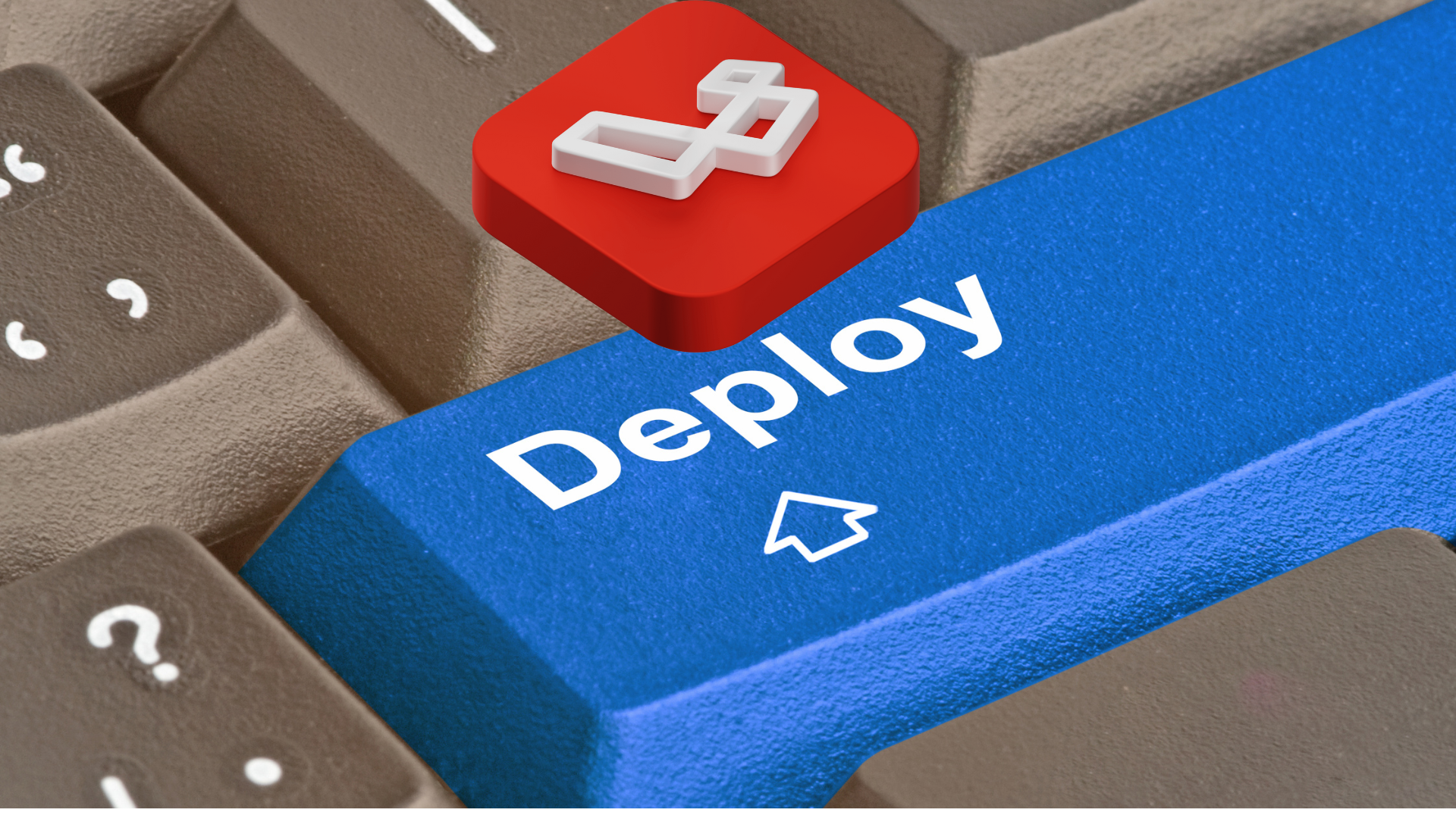
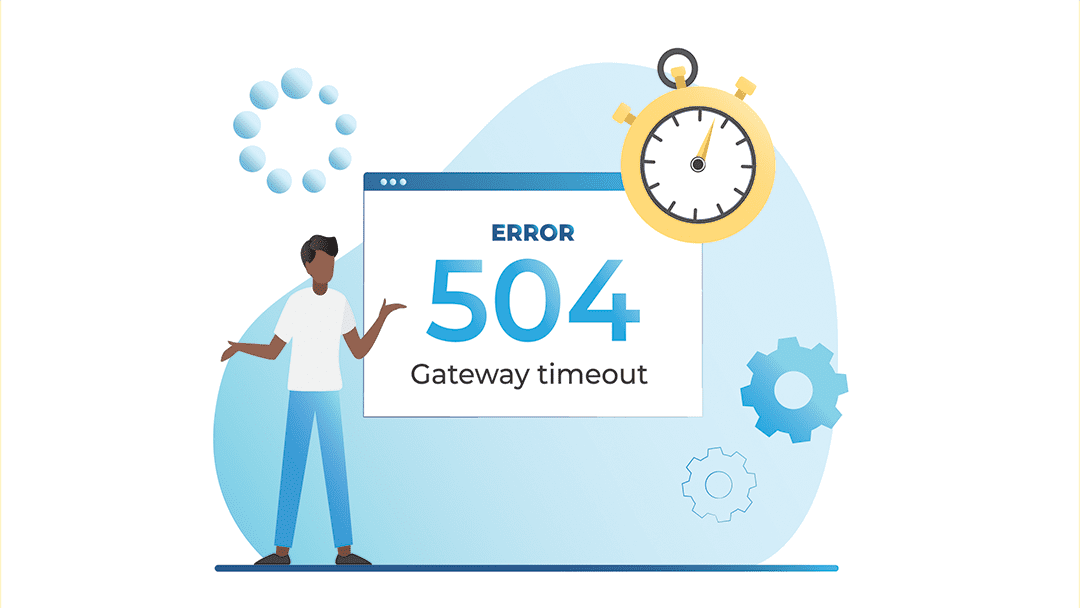
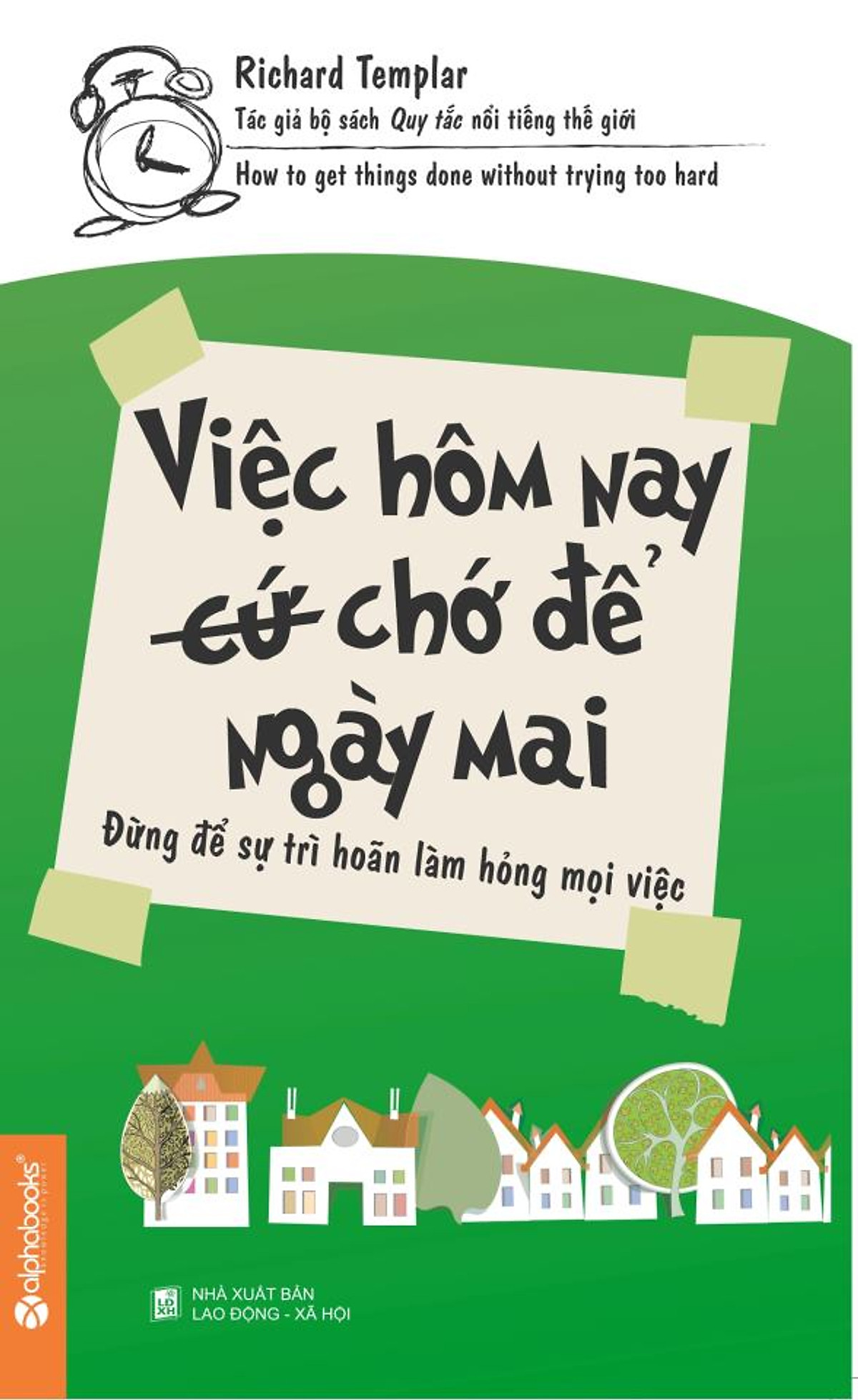


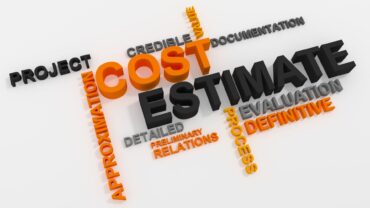




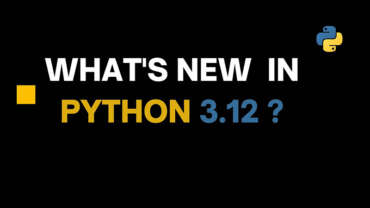










hay quá